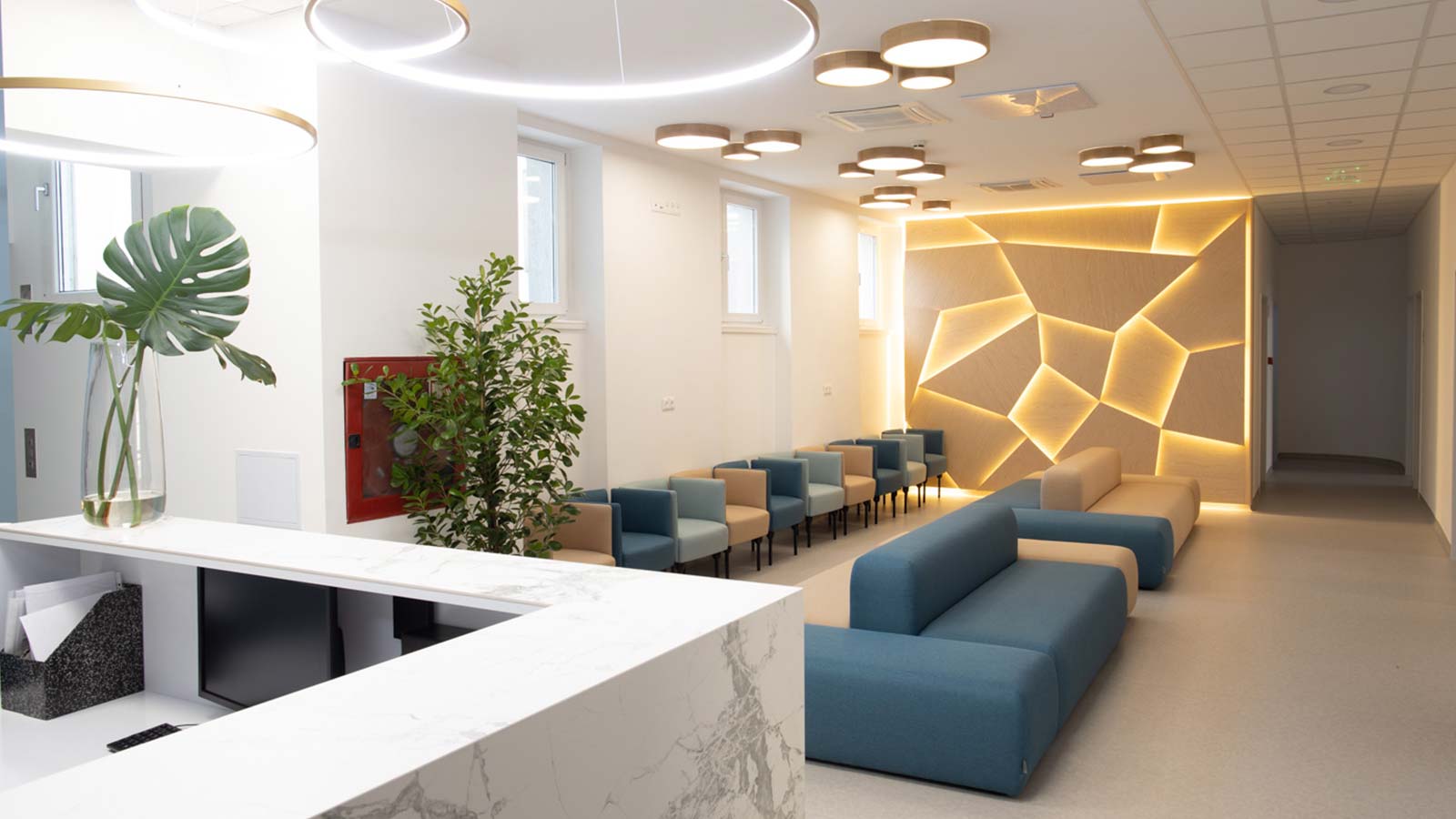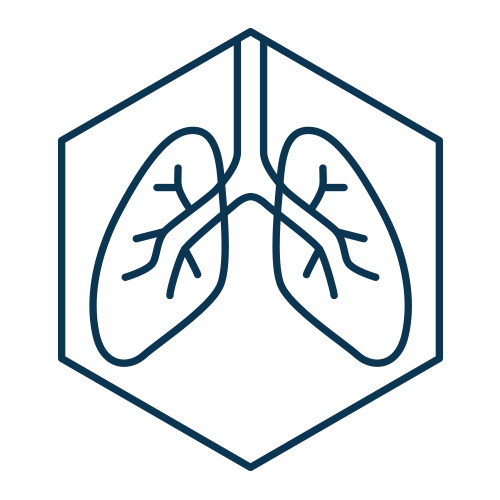
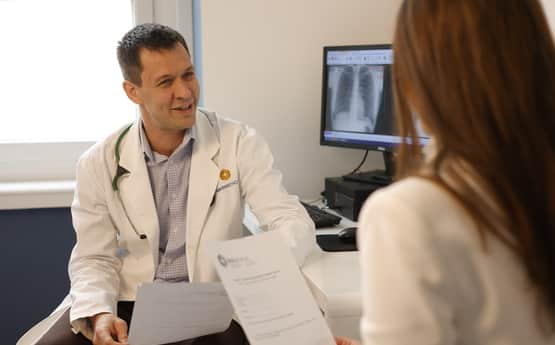
What does
Pulmonology treat?
Pulmonology deals with diseases of the lungs and airways. The most common diseases include chronic obstructive pulmonary disease (COPD), asthma, various types of tumors, and abnormalities that develop after pneumonia (e.g., coronavirus-induced pneumonia).
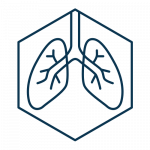
When should you visit a pulmonologist?
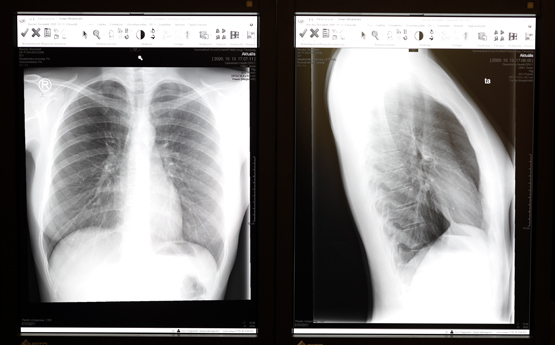
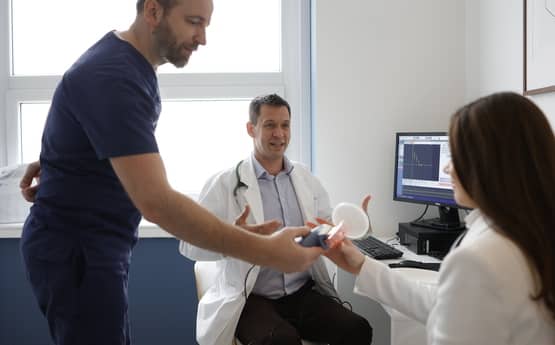
What happens during a pulmonology examination?
A pulmonology examination always begins with a thorough discussion of the patient’s complaints. Then, the specialist learns about previous illnesses, hospital treatments, reviews previously used medications, and examines the available previous documentation. This is followed by a detailed physical examination, and then uses a stethoscope to assess the condition of the lungs. If necessary, additional information about potential problems can be gathered through imaging tests (chest X-ray, CT, MRI) and pulmonary function testing (spirometry). During spirometry, you need to breathe in and out through a disposable mouthpiece following the doctor’s instructions. The examination is completely painless. You don’t need to arrive on an empty stomach for the examination.
After the consultation, you will receive a medical opinion and precise guidance on further steps.
It is important that the patient brings all previous documentation and a list of currently taken medications.
Our prices in pulmonology
Our Doctors in Pulmonology
